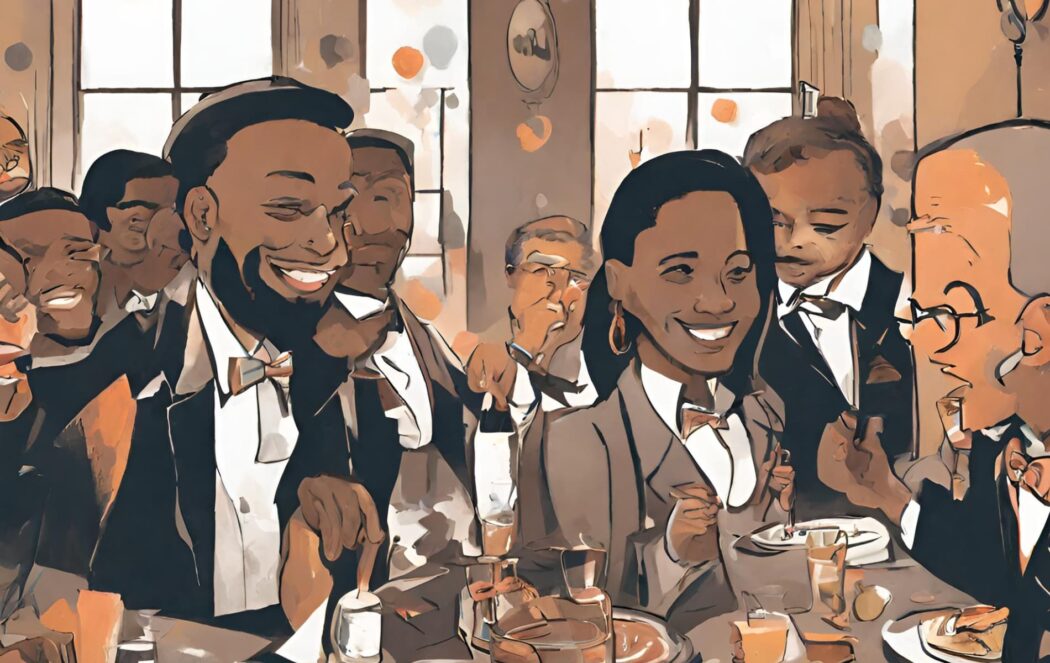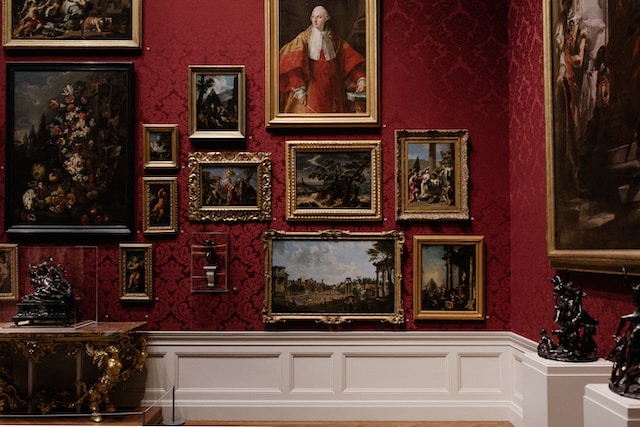During a financial crisis in 2017, the MAXXI was facing severe budgetary constraints. In response, Rome’s museum initiated a large-scale fundraising campaign to overcome its financial woes. Philanthropist from Winorama, a successful gambling platform in Italy and art fan, made a significant contribution to the museum’s survival.
This example illustrates how successful fundraising initiatives played a pivotal role in rescuing museums from financial crises, ensuring their continued operation, and preserving cultural heritage for future generations. Now let’s explore additional ways various businesses can support museums and the importance of their contributions.
Top Businesses That Support Museums
Museums are an essential asset to communities around the world, as they present a wealth of information and history that enlightens the human race. Apart from the core activities of curating and presenting exhibitions, museums thrive on the support of partners and sponsors who provide financial, in-kind, or research support to the institutions.
Some of the most common collaborations among museums are with businesses such as hotels, restaurants, retail stores, and transport services. These types of organizations provide excellent partnership opportunities for museums, allowing them to expand their influence and create a dynamic, engaging experience for visitors.
By working with these businesses as partners and sponsors, museums can continue to provide a wonderful blend of history, science, and art for visitors and thus make themselves an integral part of the communities in which they exist.

Fundraising Events
Museums often hold fundraising events for their own benefit. However, partnering with businesses can increase their reach and revenue. For example, The Louvre Museum in Paris has partnered with the luxury brand Gucci to hold a fundraiser dinner. By showcasing the museum’s prestigious reputation and Gucci’s brand luxury image, they were able to raise a significant amount of funds for the museum’s charity and cultural restoration programs.
In the late 19th century, the Tate Gallery faced financial difficulties that threatened its existence. Philanthropist Henry Tate offered a large bequest to the nation, providing funds to establish the gallery and donate his collection of British art. Additionally, fundraising efforts were initiated to complement Tate’s donation and expand the gallery’s collection and facilities.
In this way, businesses can both help museums achieve their objectives and boost their own public relations.
Joint Educational Programs
Museums and gambling sites have different audiences, but they can also share common interests in education and cultural diversity. For instance, educational programs for historical artifacts could be held in gambling sites. Museums could leverage the sites’ resources and attract new visitors who would be interested in the historical options available. Joint educational programs are fun, educational, and offer both parties an opportunity to spread their mission statements outside their spheres of influence.
Donating Artifacts
When gambling companies donate artifacts, they help museums build their collections and expand their cultural offerings. It also gives the companies the opportunity to showcase and share their own rich histories and cultural values with the public. A casino in Macau, for example, donated Chinese ink paintings to The British Museum. In return, The British Museum received access to some of the finest Chinese art collections in the world. The museum gets to keep these artworks for generations to come, ensuring their preservation and access to the public.
Philanthropy
Beyond the immediate partnering opportunities, the gambling industry can set up philanthropic arms that will support museums in the long-term. Developing friendly relationships with museums is an excellent way to make a positive environmental and social impact. The moral benefits aside, businesses with a philanthropic ethos can also gain favor with consumers who value corporate social responsibility. In this way, the industry gets helpful and positive recognition while supporting the growth and evolution of historical and cultural institutions on a large scale.
Conclusion
Museums serve as cultural bastions where people go to learn and experience many of the world’s most significant and meaningful historical events. These institutions possess worldly significance and should be preserved and sustained. While museums themselves are great cultural attractions, they can also attract mutually valuable alliances with different industries.
The gambling industry can engage in a wide variety of cooperative initiatives, from global fundraising campaigns and joint educational programs to artifact donations. By partnering with museums in this way, businesses can provide tangible resources while enhancing their own corporate commitments and images. Through their collaboration, museums and the gambling industry can deliver on their respective social mandates, which could help shape the future of our societies.

